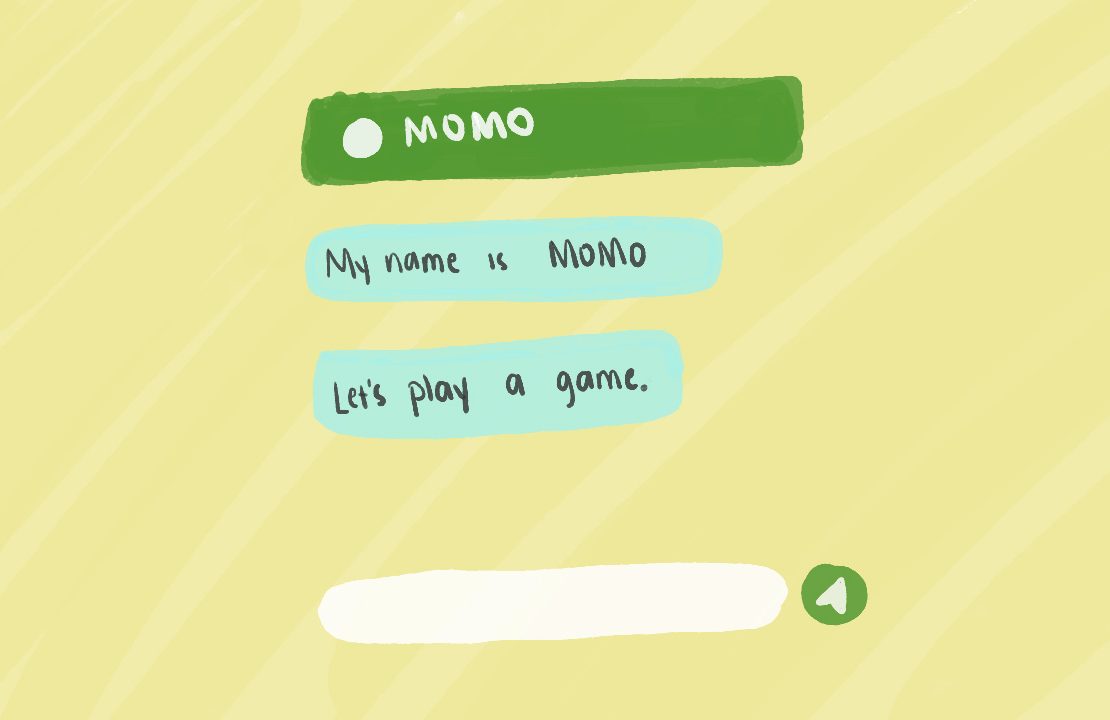WARNING: The article may contain disturbing images
In 2004, an eleven-year-old girl in Japan slit her classmate’s throat with a utility knife in an incident now known as the Sasebo Slashing. When authorities looked into the murder, they noticed that the child-assailant was a fan of the internet urban legend “Red Room.”
In 2014, two twelve-year-olds stabbed their friend 19 times in the woods. When asked about their motive, the girls confessed that the stabbing was done for Slenderman, a fictional monster from an internet story.
In both these instances, the stories that influenced these children are just that, fictional stories, but the crimes they committed were very much real. A child’s mind is very impressionable, and when presented with stories like Slenderman without any parental intervention, they’re likely to think it’s real. And even if they do know it’s fake, without any proper processing, it could still negatively influence them, like in the Sasebo Slashing.
I thought of these instances when the Momo Challenge became viral. A purported social media suicide game, the challenge is said to encourage kids to self harm and commit suicide, in a video with a scary bug-eyed creature intoning these commands with a demonic childlike voice. Some versions of the story say that the game is inserted into disturbing versions of Peppa Pig on Youtube, while other versions note that the video leads children to connect to a strange number on WhatsApp that’ll continue encouraging them to do dangerous acts. It’s been said that it has already caused multiple suicides around the world. It’s mostly a hoax. It’s also been called a “social engineering scheme.”
That doesn’t mean that it still isn’t scary to hear about it if you’re a kid, or that a child wouldn’t be affected by it. When it comes to stories like this, it doesn’t matter if it’s real or not. What matters is if it looks real enough to scare a kid, and if it’s hyped up enough by the media that it convinces a kid it’s real. The moral panic over it has actually made it more visible, making even more kids susceptible.
Raffy Tulfo on the Tulfo Report interviewed the parents of an eleven-year-old child that died after swallowing a bottle of gout medicine this week, an incident that’s been largely attributed to the Momo Challenge. Noting that there’s no conclusive evidence that the game was what caused the child’s suicide, the parents did point out that he and his friend known for self-harming were sharing this and other “creepy challenges” back and forth. The mother added that the last message her son sent before he died was, “I will follow my master and I will kill them all.”
The Momo Challenge isn’t real, but the way we talk about it is. It doesn’t matter if we know that Momo’s face is just from a Japanese sculpture if we still talk about it as if the challenge is real. We need to acknowledge that internet challenges like these aren’t real, that they’re the online version of campfire ghost stories you say to scare your friends. I know this because I, too, used to write these scary internet stories called “creepypastas” as part of the creepypasta community. It’s unsettling seeing these stories from my youth blowing up and then being purported as real. They’re not. That’s the point.
Internet writers used the internet as a medium to create effective horror works in a way that movies and print can’t. The internet blurs the line between real and fake. When you watch a horror movie, you get scared but you know it’s fake because, hey, you bought the ticket or paid to stream it. You know it’s just actors. When you stumble across a story on the internet, that line of separation isn’t there. And if you’re not savvy enough, you could be tricked into thinking it’s real.
This is why parents need to check with what their young children are watching and reading on the internet. I’m not for policing what your teenagers can say or do online (if my deeply homophobic father had done that, I’d have been outed), but you definitely should monitor what your young children are seeing. Even if it isn’t for something like the Momo Challenge. It worries me that parents just let their children mindlessly scroll through Youtube, even when bad actors have been known to game the site’s algorithm to show children disturbing content that’s still marketed as family-friendly.
Think my worries are exaggerated? I was on a plane a few months ago and I was seated near a child. Throughout the plane ride, I heard him sing songs from some of these disturbing videos, with his parents none the wiser.
I’m just saying, it’s a parent’s job to check in with their kids.
Get more stories like this by subscribing to our newsletter here.
Read more:
Attention parents: Your child may be in danger if you leave them in a walker
A parent explains the outrage triggered by the viral bullying posts
The strangest, creepiest places on the internet
Read more by Zofiya Acosta:
How to not be condescending about art
Refugees walk 13 times the distance between earth and sun every year
Two rivers in Cebu are now dead
Writer: ZOFIYA ACOSTA
ART TRICIA GUEVARA




